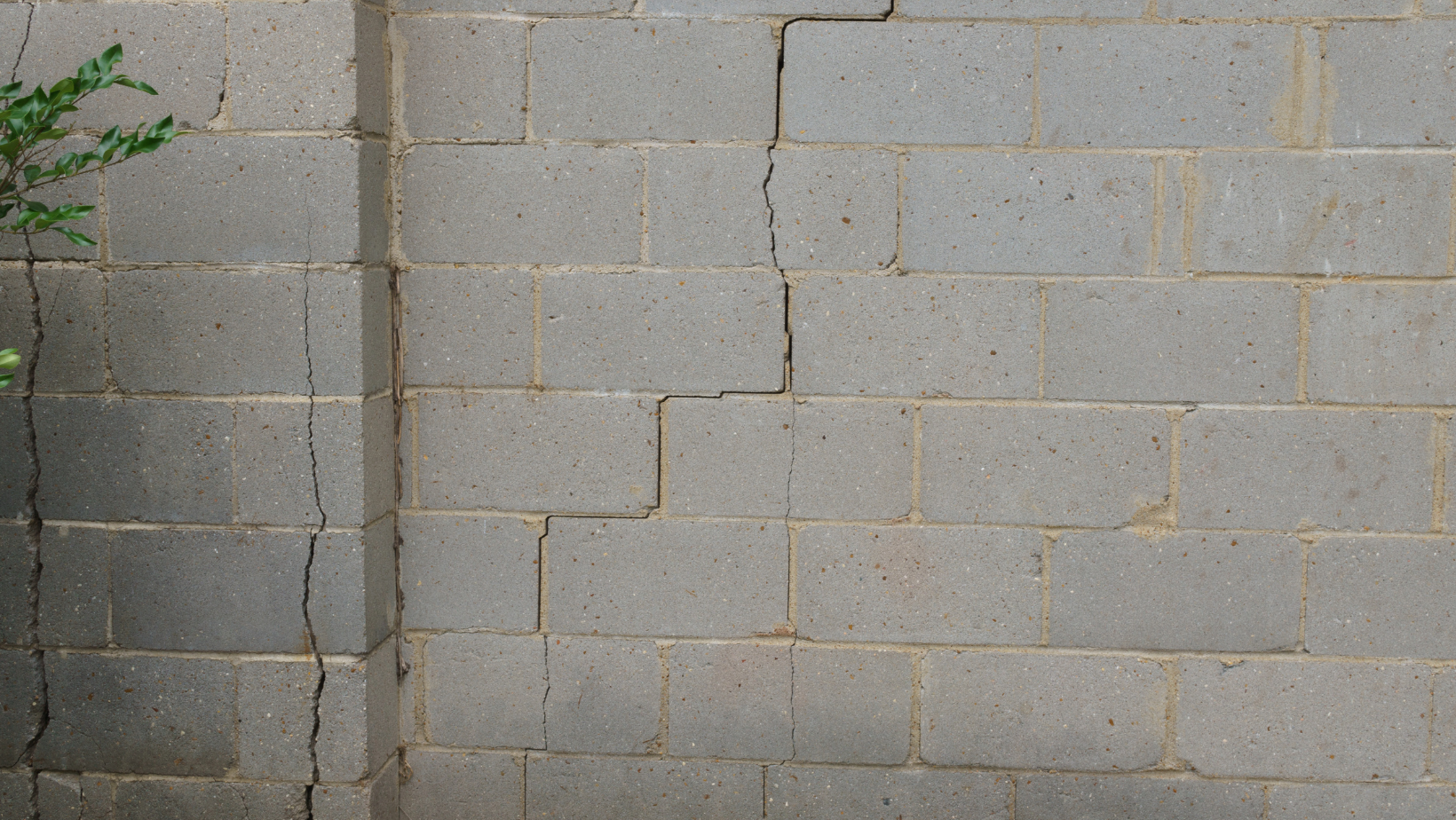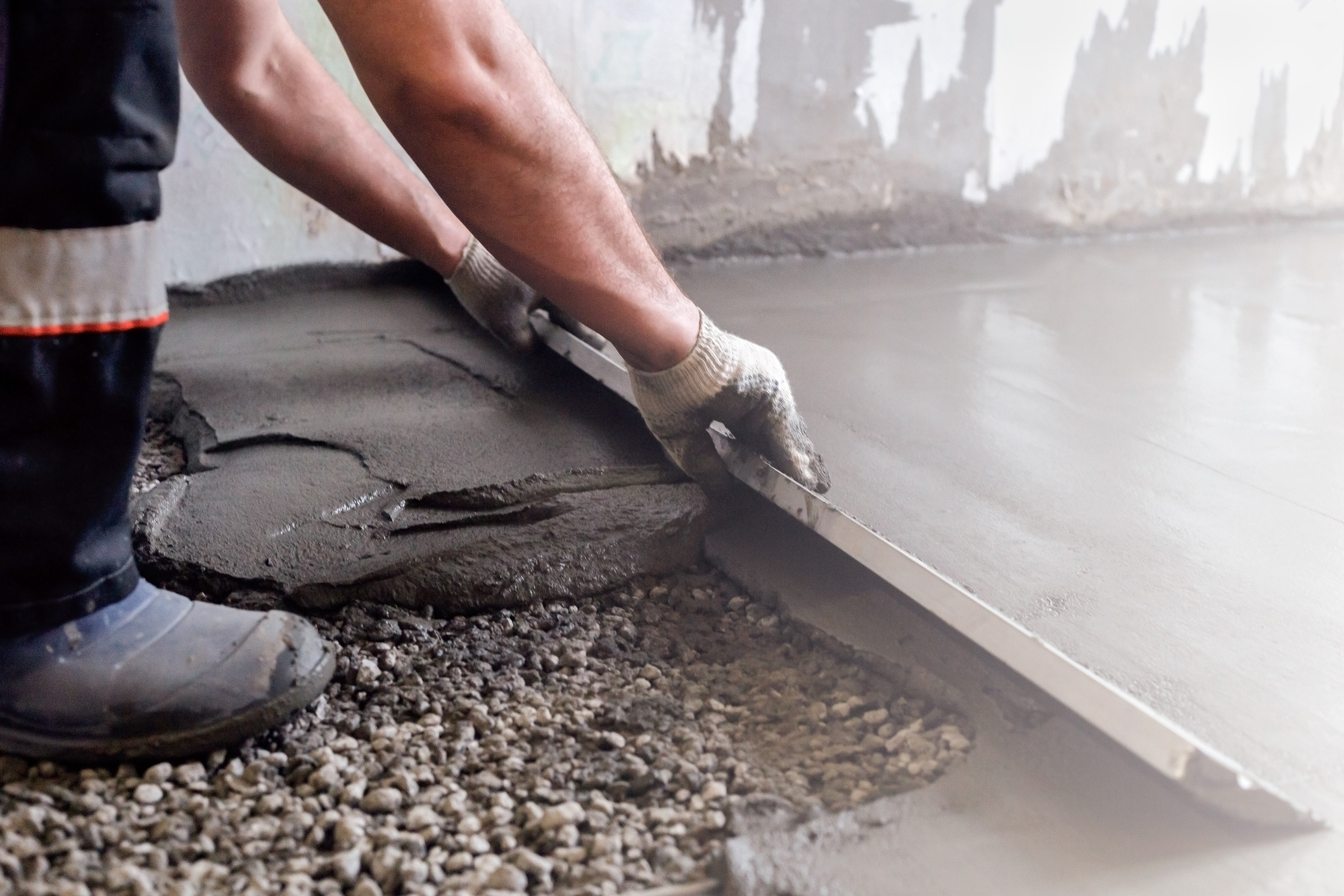
All over the nation, droughts take a serious toll on crops, plants, livestock, and yes, even the foundations of homes. Homeowners are being hit with tens of thousands of dollars of damage annually due to foundation repairs, many of which could have been prevented with some routine maintenance. Did you know the cost of foundation repairs can reach up to $100,000 or more? Sad part is, most of these costs are not covered by homeowners’ insurance.
Droughts can happen anywhere there are constantly-changing weather conditions and climate patterns, especially in Texas where some parts of the state may not see rain for several weeks. There are some precautions you can take to preserve the value, safety and comfort of your home.
How Drought Can Compromise the Integrity of Your Home
Long periods of dry conditions can cause foundations to shift, sink and crack, which is what happens when the surrounding soil starts to lose its essential moisture. When rain finally does come and the soil retains that moisture, this lifts up the foundation again, but not evenly. Here are the ways that drought can affect your home.
Dry Soil and Tree Roots
Since your home isn’t a natural fixture in the environment, it’s constantly competing with Mother Nature. Your property likely has expansive tree root systems that grow beneath it, something that will go mostly unnoticed until weather conditions expose them.
During drought, your home’s foundation can crack and sink due because of the overly dry soil and tree roots that are jockeying for position to draw moisture from soil around your home. If you’re going to plant new trees, plant them away from your foundation.
Foundation cracks can lead to interior issues as well, such as sloping and uneven floors.
Cracked Pavement and Asphalt
Cracked driveways and sidewalks are another common problem. When the pavement and asphalt on your property is exposed to extreme weather conditions, the interior and exterior of your home can crack. Often, exterior cracks indicate more extensive cracking in the immediate vicinity.
When Drought Happens
According to Texas A&M AgriLife,
watering your foundation is the best way to protect it from damage when a drought is going on. Create a dedicated irrigation zone around your house and between eight and 18 inches from the foundation. Attach drip irrigation or a soaker hose to your outdoor spigot and set a timer to water the area at optimal times during the day.
However, local governments in drought-affected areas will often place watering restrictions in your community, so be sure to adhere to those limits. Water in the early morning and evening to make the most effective use of the time you have.
Signs of Foundation Damage
Be on the lookout for these signs that you have foundation damage:
- Sloping or uneven floors
- Cracked driveway and sidewalks, bricks, drywall, tiles, stucco or basement floor
- Sticking doors and windows
- Cracks in the corners of walls
- Broken pipes
- Shifted chimneys
- Askew gas meter
If the damage to your foundation from drought has already occurred, there are steps you can take to restore the integrity of your foundation and keep it protected from drought conditions in the future.
Minor repairs can include filling any cracks in your foundation with waterproofing. Major repair work can include installing piers underneath your home to guard against soil shifts.
But perhaps the most important piece of advice is to call a professional if you suspect you have foundation damage or have questions during a drought.
Contact Aftermath Structural Repair
For a free, no-obligation consultation and estimate on foundation repair,
contact us at 281-231-8904.




